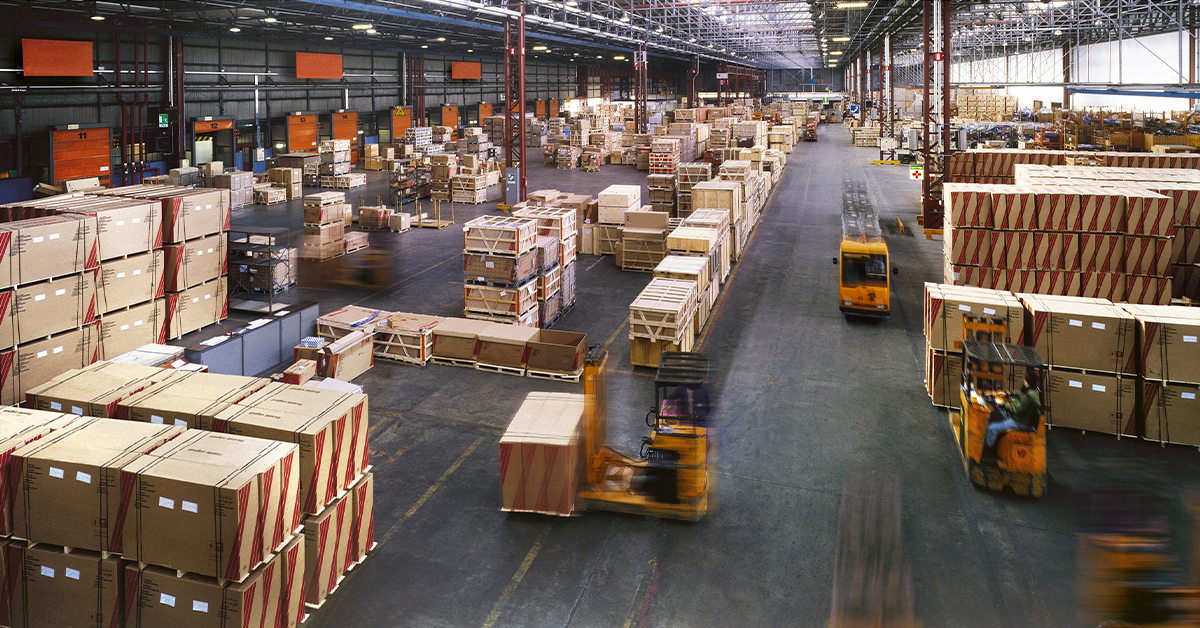Written by Lance Ross, SIOR, and Reprinted with Permission From Phoenix Business Journal.
During the past five years, the industrial real estate sector in Phoenix, encompassing warehouses, distribution centers, flex spaces and other industrial buildings — has experienced steady growth.
Today, demand is fueling new industrial development valley-wide, increasing net absorption. The market is on track to receive a record level of new supply over the next two years, following a modest but steady pace of construction over the past decade. Fewer vacancies and strong demand for space have resulted in developers and owner/occupiers delivering nearly 14.8 million square feet of industrial space last year (or about the equivalent of 83 Walmart super stores), more than double the amount of space that came online the prior year. Provided construction materials are available, the addition of new space may be even greater this year, setting another record high.
Historically, manufacturing and retail drove industrial demand in the greater Phoenix market. More recently, growth in e-commerce logistics and data centers has driven the surge, and with the Covid-19 pandemic dramatically shifting consumer behavior, industrial activity has skyrocketed.
Properties are selling for record-high prices and space has been leasing at both record absorption and record-high rental rates. The spike in development is driven by consumer’s expectations for faster delivery.
While e-commerce sales are expected to continue growing at 15% annually, the number of product returns will also increase, resulting in the need for upwards of 20% more industrial space to manage reverse logistics.
According to many estimates, e-commerce demand in the U.S. will exceed 1 billion square feet of new industrial space nationally by 2025. When correlated to the Phoenix metro market, this suggests an average of more than 6 million square feet of new e-commerce space per year for the next five years.
The Arizona market will continue to benefit from the transformation taking place, including the expansion of manufacturing and production. Expansions announced by companies such as Intel, TMSC, and possibly Samsung, Red Bull, Mark Anthony Brewing, Ball Container and others will have a long-term positive effect upon the Greater Phoenix market.
But with growth comes unintended consequences. For instance, many firms around the world have been in lockdown. This stopped or slowed the production of many goods used by manufacturers and those in the construction industry. In the short term, this will cause delays and cost increases throughout the entire property market simply due to the amount of construction materials and the number of workers required to complete these projects. As we know when demand exceeds supplies, the price rises. These rising prices are being felt throughout all property markets. The consequences are likely to slow speculative construction, keep vacancy rates low and increase prices in the foreseeable future.
While we don’t expect demand to slow, we do see the speed of growth impacted by the lack of resources available to meet demand in the short term. All property markets are interrelated; therefore, it will affect all real property.
Based upon the information gathered nationally and locally, we expect the industrial real estate market to continue to receive more than its fair share of interest during a recovery.
This article originally appeared in the Phoenix Business Journal.






